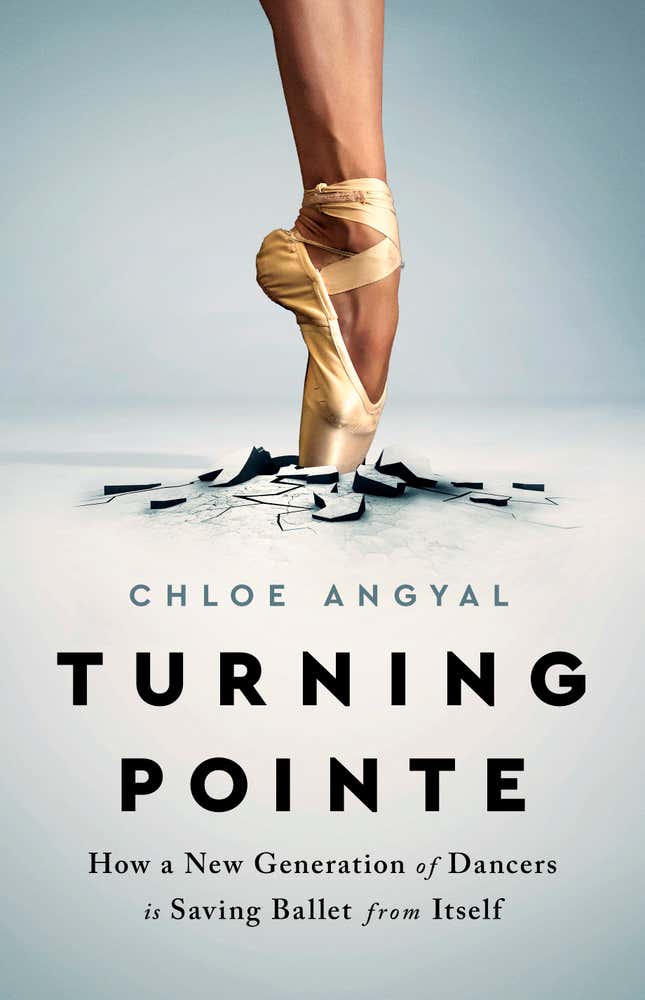Where Are All the Women Ballet Choreographers?
In Depth
Image: (Photo by Keystone/Hulton Archive/Getty Images)
Claudia Schreier choreographed her first dance, a solo for her summer camp talent show, when she was twelve years old. In her sophomore year of high school, she did it again, choreographing a pas de deux for herself and her best friend, Kaitlyn, which they danced as the school orchestra played music from Swan Lake. The year after that she made a solo and performed it with the accompaniment of the school jazz band. By college, she was making ballets not just for herself and her best friends but for larger groups of dancers, and they consisted of a mix of classical and contemporary movement that reflected her own training.
Schreier, who grew up in Stamford, Connecticut, with a Jamaican mother and a white Jewish father, remembers feeling a compulsion to move to music when she was a child.
“My parents will tell stories of when we were growing up, it’d be time to sit down for dinner and I would be spinning in the kitchen,” she says. “I just was too restless to sit down. I’d be doing pirouettes by the dinner table.”
It’s a familiar story among dancers, but Schreier didn’t only want to move. “For me, it was beyond just the dancing,” she says. “It was the idea of wanting to create movement that felt like something outside of myself. That’s really what I remember the most, this compulsion to make movement and not just move.”
Schreier, thirty-four, is now a full-time choreographer, and has made ballets for Miami City Ballet, Dance Theatre of Harlem, the Joffrey Ballet, Atlanta Ballet, and American Ballet Theatre’s second company. Her path into ballet choreography, and her presence in it, are both unusual.
For one thing, Schreier was never a professional dancer. As a teenager, she was prone to injuries: bone spurs that led to severe tendinitis in both ankles, problems with the ligaments in her shoulders, and repeated strains in her hip adductors. “PT was just a regular thing for me growing up,” she says, “and I think it was in large part due to the fact that I was trying to get my body to do things it was never meant to do.” Her knees didn’t straighten all the way, and she wanted hyperextended knees, the kind with a slight curve at the back of the leg to emphasize the opposite curve of the pointed foot.

“I was surrounded by long-legged ladies with hyperextended legs, high arches, flexible backs, arms on the right way,” she says, and she tried all kinds of tricks to make her body more like theirs. “I tried to bend my knees backwards, to make them hyperextended. And so I would put my knees through things that they should never be put through to try to elongate the lines I put myself through hell.”
By the time she was preparing to graduate from high school, it had become clear, she says, that she wasn’t meant to be a classical ballet dancer. Injuries aside, she’d been told over and over again that her body was wrong for ballet. Her feet didn’t point enough; her legs didn’t straighten enough; she had a swayback and, by ballet standards, a prominent backside. “It was always a point of reference or conversation” with her teachers, she remembers. “Always.”
-

-

-

-

-

-

-

-

-

-

-

-

-

-

-

-

-

-

-

-

-

-

-

-

-

-

-

-

-

-

-

-

-

-

-

-

-

-

-

-








































